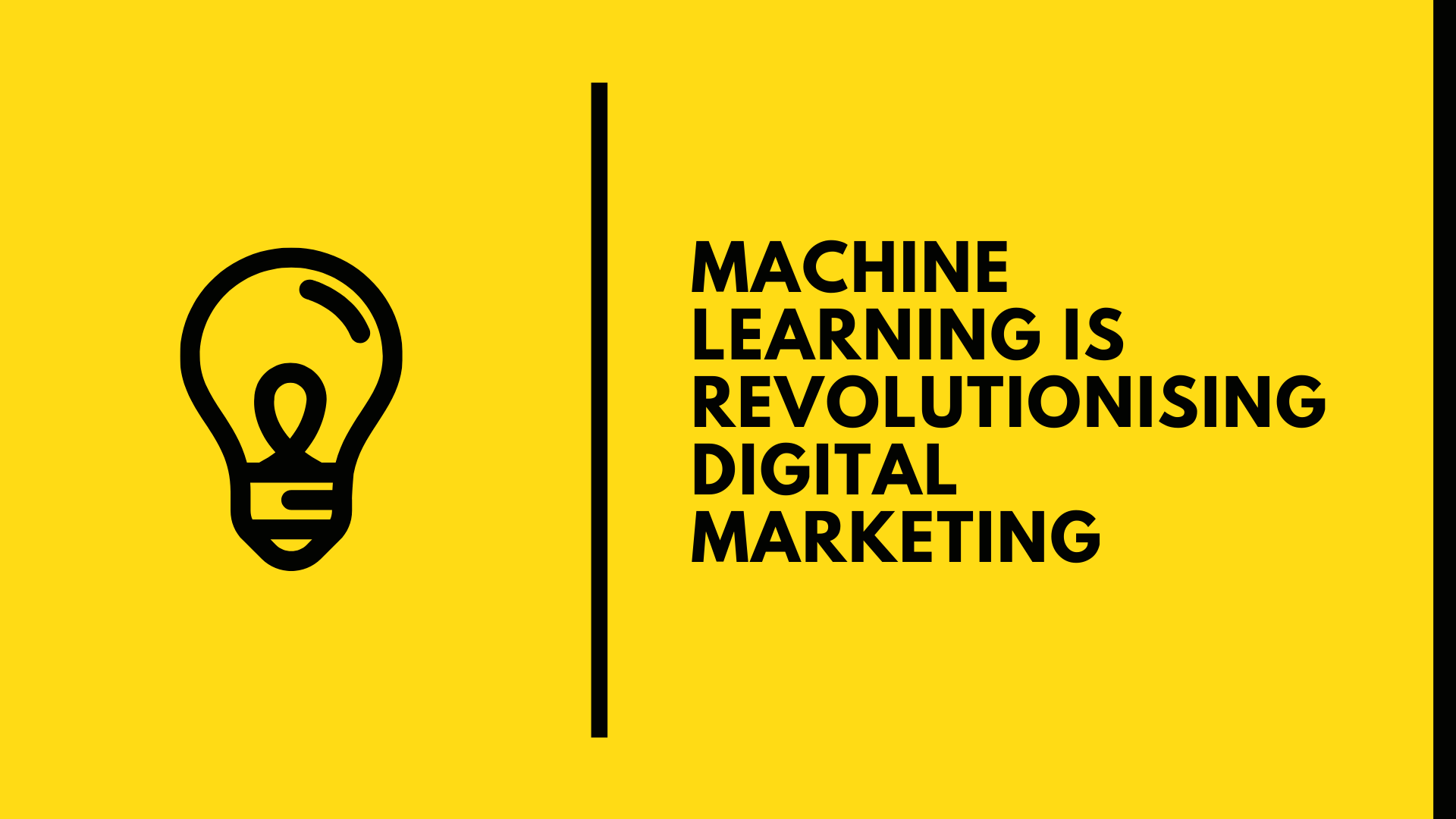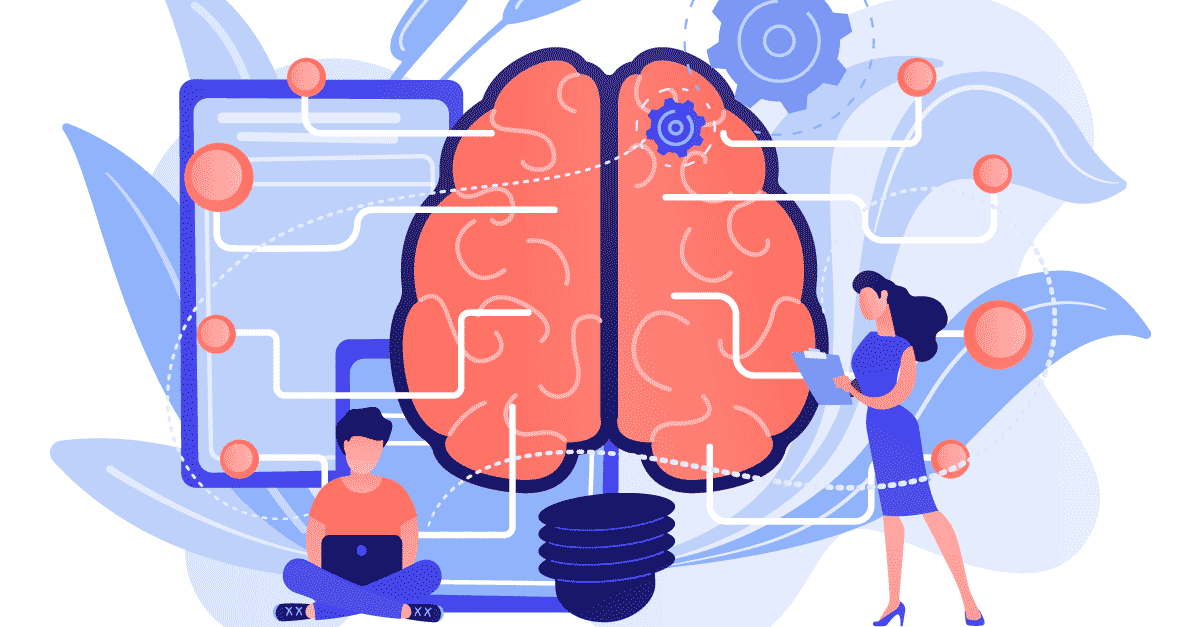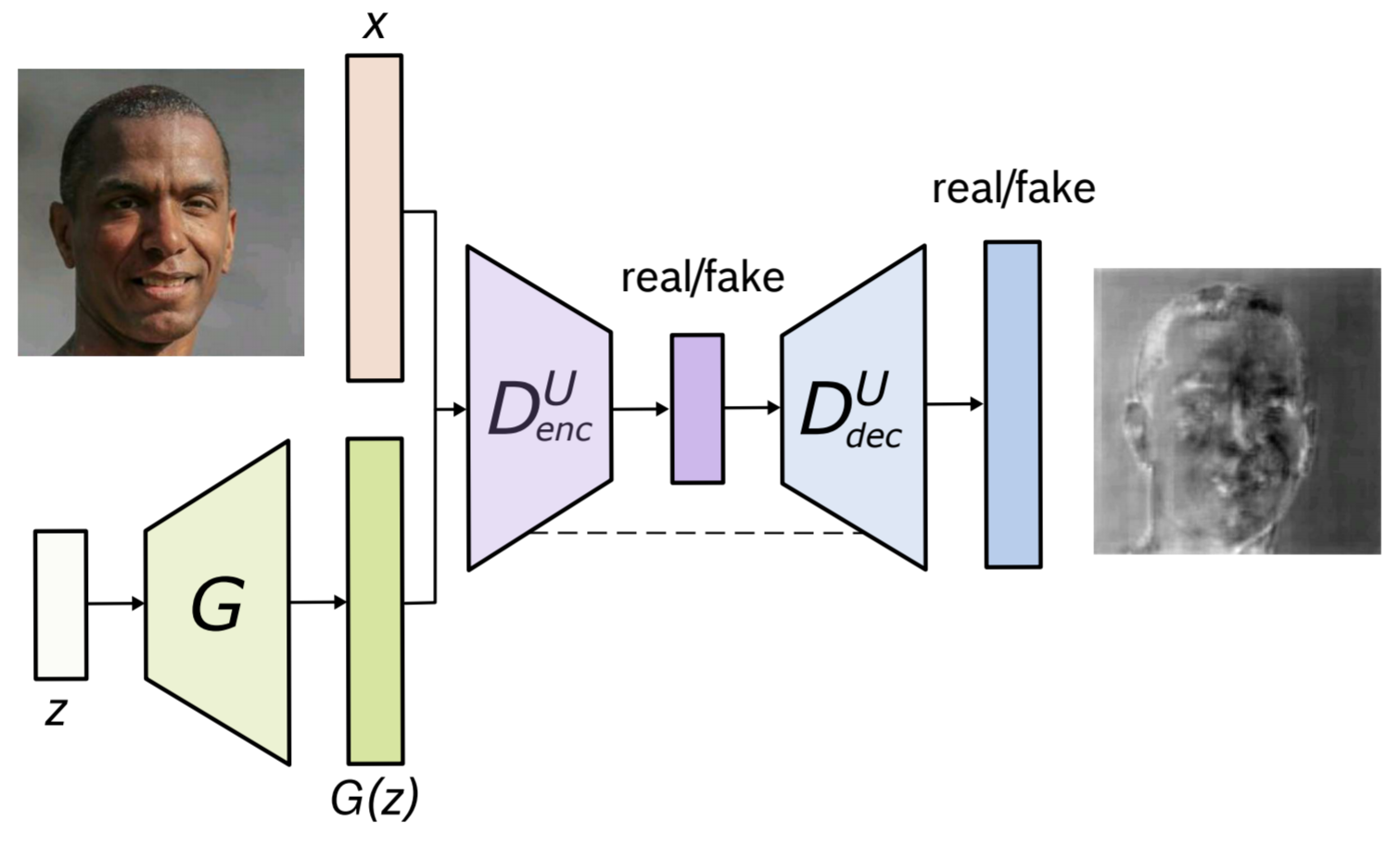
Chelsea Finn is an American computer scientist. She is also an assistant professor at Stanford University. Her research interests include artificial intelligence through robotic interactions. One of her long-term goals is to create robots who can learn by themselves. She is also part of Google's Brain Group. Here's a quick overview of Finn and how she fits in the world of AI. Also, read on to find out what makes her work unique!
Research interests
Chelsea Finn, a graduate in Engineering from UC Berkeley, is interested in the inverse reinforcement methods that allow robots learn by observation. Her algorithms require much less data to learn how to manipulate objects than standard AI training. Robots running her algorithms can learn to manipulate objects by simply watching one video of a human manipulating the objects. Finn's robotic assistants are proficient at sorting shapes. She hopes to create robots capable of learning about and navigating through various objects and spaces.
Finn initially didn't want to work in academia after she received her PhD. Finn wanted to be in the industry helping to create products and services. However, she realized that her research and teaching could have a much greater impact. Finn was impressed by MIT’s efforts to increase women's representation in its faculty. By increasing female representation, faculty members hoped to provide more female role models for younger students. She hopes to inspire future generations and encourage women to go into academia.

Career
The Career of Chelsea Finn is a powerful example of a female who is committed to her field and is actively looking to improve it. Stanford University assistant professor is passionate about learning and interacting with objects. She is currently working on a mentorship program to support underrepresented college students. An AI graduate student will match undergraduates with an AI graduate student. They will provide firsthand information on the research process and give advice about what to do early in their careers.
Finn's background in computer science was not what she intended to do after graduation from MIT. Although she initially wanted to make products in the manufacturing industry, she soon realized her passion was best served in research and teaching. She has also benefited from efforts to increase the representation of women in MIT. She says that faculty members wanted to be role models for young women. Her ultimate goal was to inspire even more young women in academia to pursue academic careers.
Robotic control
Research at the Robot Learning Lab at Imperial College London focuses on teaching robots to walk in virtual environments. Reinforcement learning has been used to train bots to walk on a treadmill. Many videos of virtual agents don't look real. Virtual worlds can have small variations in physical laws that could lead to major problems for the robot when trying to apply them. It is possible for a two-legged robot to lose balance when its movements are out of control.
To achieve this, robots must be able to learn from mistakes. Most robots are still taught the same as humans. This is impossible unless the robot has a learning process that is automatic. But advances in machine learning are accelerating the pace of development. Researchers are incorporating the latest developments in artificial intelligence to improve the performance of robots in the real world. It is hoped that autonomous robots can be built that can do tasks without the assistance of humans.

Machine learning
Assistant professor of computer science at Stanford University Dr. Chelsea Finn recently received ACM Doctoral Dissertation Award. Her dissertation focused on algorithms that make use of data gathered during tasks to learn new ones. The New York Times and MIT Technology Review have recognized her research. View her presentation here or on YouTube. Here is a quick summary of her work. Click on the title above to view the video.
Machine learning for Chelsea Finn was designed to create robots that can learn from the real world. Finn hopes to teach the robots common sense such as how manipulate objects. Finn trains them using real-world tasks. The robots are already learning to manipulate objects. She shared a video of a toddler using an object-sorting toy made from wood. She believes that robot assistants can eventually imitate human behavior, and this is how the world learns.
FAQ
What are some examples AI-related applications?
AI is used in many fields, including finance and healthcare, manufacturing, transport, energy, education, law enforcement, defense, and government. These are just a handful of examples.
-
Finance - AI already helps banks detect fraud. AI can identify suspicious activity by scanning millions of transactions daily.
-
Healthcare – AI helps diagnose and spot cancerous cell, and recommends treatments.
-
Manufacturing - AI can be used in factories to increase efficiency and lower costs.
-
Transportation - Self Driving Cars have been successfully demonstrated in California. They are currently being tested around the globe.
-
Utilities use AI to monitor patterns of power consumption.
-
Education - AI can be used to teach. Students can communicate with robots through their smartphones, for instance.
-
Government - AI can be used within government to track terrorists, criminals, or missing people.
-
Law Enforcement – AI is being utilized as part of police investigation. Search databases that contain thousands of hours worth of CCTV footage can be searched by detectives.
-
Defense - AI systems can be used offensively as well defensively. In order to hack into enemy computer systems, AI systems could be used offensively. For defense purposes, AI systems can be used for cyber security to protect military bases.
How will AI affect your job?
AI will take out certain jobs. This includes drivers, taxi drivers as well as cashiers and workers in fast food restaurants.
AI will lead to new job opportunities. This includes positions such as data scientists, project managers and product designers, as well as marketing specialists.
AI will make it easier to do current jobs. This includes positions such as accountants and lawyers.
AI will make existing jobs more efficient. This includes agents and sales reps, as well customer support representatives and call center agents.
What is the state of the AI industry?
The AI industry is growing at an unprecedented rate. There will be 50 billion internet-connected devices by 2020, it is estimated. This will mean that we will all have access to AI technology on our phones, tablets, and laptops.
This shift will require businesses to be adaptable in order to remain competitive. If they don’t, they run the risk of losing customers and clients to companies who do.
This begs the question: What kind of business model do you think you would use to make these opportunities work for you? Could you set up a platform for people to upload their data, and share it with other users. Perhaps you could also offer services such a voice recognition or image recognition.
No matter what your decision, it is important to consider how you might position yourself in relation to your competitors. Even though you might not win every time, you can still win big if all you do is play your cards well and keep innovating.
Which industries use AI most frequently?
The automotive industry is one of the earliest adopters AI. BMW AG employs AI to diagnose problems with cars, Ford Motor Company uses AI develop self-driving automobiles, and General Motors utilizes AI to power autonomous vehicles.
Other AI industries are banking, insurance and healthcare.
How does AI work
An artificial neural networks is made up many simple processors called neuron. Each neuron receives inputs and then processes them using mathematical operations.
Neurons are organized in layers. Each layer serves a different purpose. The first layer gets raw data such as images, sounds, etc. It then sends these data to the next layers, which process them further. Finally, the last layer produces an output.
Each neuron has its own weighting value. This value is multiplied with new inputs and added to the total weighted sum of all prior values. The neuron will fire if the result is higher than zero. It sends a signal down the line telling the next neuron what to do.
This process repeats until the end of the network, where the final results are produced.
Statistics
- That's as many of us that have been in that AI space would say, it's about 70 or 80 percent of the work. (finra.org)
- According to the company's website, more than 800 financial firms use AlphaSense, including some Fortune 500 corporations. (builtin.com)
- In 2019, AI adoption among large companies increased by 47% compared to 2018, according to the latest Artificial IntelligenceIndex report. (marsner.com)
- While all of it is still what seems like a far way off, the future of this technology presents a Catch-22, able to solve the world's problems and likely to power all the A.I. systems on earth, but also incredibly dangerous in the wrong hands. (forbes.com)
- Additionally, keeping in mind the current crisis, the AI is designed in a manner where it reduces the carbon footprint by 20-40%. (analyticsinsight.net)
External Links
How To
How to set-up Amazon Echo Dot
Amazon Echo Dot, a small device, connects to your Wi Fi network. It allows you to use voice commands for smart home devices such as lights, fans, thermostats, and more. To listen to music, news and sports scores, all you have to do is say "Alexa". You can ask questions, make phone calls, send texts, add calendar events, play video games, read the news and get driving directions. You can also order food from nearby restaurants. It works with any Bluetooth speaker or headphones (sold separately), so you can listen to music throughout your house without wires.
An HDMI cable or wireless adapter can be used to connect your Alexa-enabled TV to your Alexa device. You can use the Echo Dot with multiple TVs by purchasing one wireless adapter. You can also pair multiple Echos at one time so that they work together, even if they aren’t physically nearby.
Follow these steps to set up your Echo Dot
-
Your Echo Dot should be turned off
-
Connect your Echo Dot via its Ethernet port to your Wi Fi router. Turn off the power switch.
-
Open the Alexa app on your phone or tablet.
-
Select Echo Dot to be added to the device list.
-
Select Add New.
-
Select Echo Dot from among the options that appear in the drop-down menu.
-
Follow the instructions on the screen.
-
When asked, type your name to add to your Echo Dot.
-
Tap Allow Access.
-
Wait until Echo Dot has connected successfully to your Wi Fi.
-
Do this again for all Echo Dots.
-
Enjoy hands-free convenience!